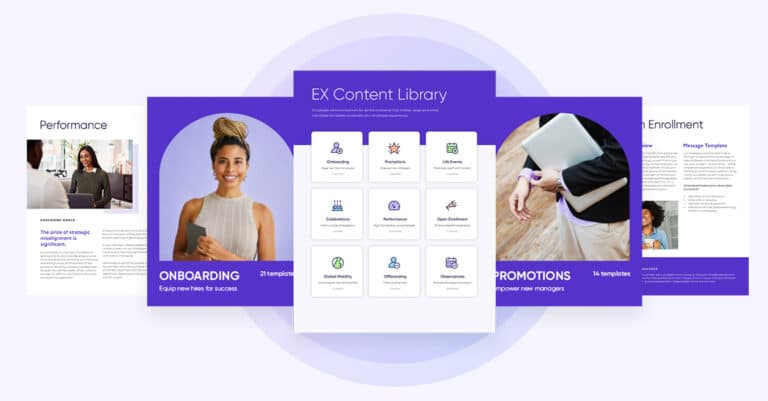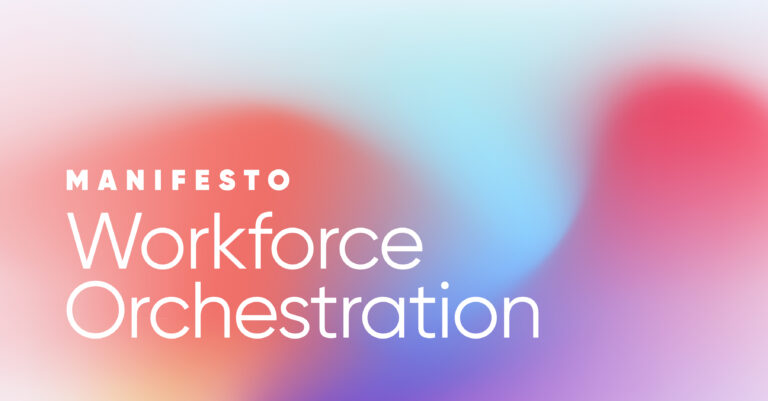Have you noticed how collaboration tools often add to the noise instead of making workplace communication simpler and easier?
In our age of distraction, collaboration tools can overload a workforce. Here are four main reasons they don’t live up to their promises.
Why collaboration tools don’t always work well
1. They don’t fully help teams solve complex problems.
According to research from Harvard, during the beginning stages of gathering information among teams, collaboration tools can be effective. In the later stages of projects, however, not so much: collaboration tools inhibit a team’s ability to do a proper analysis of facts and arrive at the best solution. As it turns out, using collaboration tools sometimes puts the focus more on the ins and outs of how the team is collaborating—and the problem the team is trying to solve becomes secondary. Collaboration tools also led to a premature consensus for some teams.
2. Collaboration tools do nothing to reduce inherent problems involved in group work.
The psychology of team dynamics influences the way people approach group work. Some employees feel overwhelmed by group projects. Higher performers might overshadow lower performers, resulting in ineffective collaboration and teamwork. For global companies, time zones, language, and cultural differences can complicate group projects. Collaboration tools tend to magnify these issues without addressing them or offering solutions.
3. Employees are frequently overwhelmed by collaboration tools.
As collaboration tools have taken the workplace by storm, some employees feel overwhelmed and confused. Collaborating at work means one more tab to keep open or one more app to download to their mobile device. For these reasons, companies are beginning to recognize the risk of internal communications overload.
4. Collaboration tools can actually decrease productivity.
With the abundance of collaboration tools, many organizations struggle to pick and choose which ones can really help their teams. Using the wrong tools carries big communications risks: Due to information overload, collaboration tools like Slack can actually reduce productivity. Functions such as chat, internal websites for teams, apps to share documents have caused many people to reject these tools and cling on to the one application that they personally feel comfortable with, which may be a branded app, email, intranet, etc..
Advantages of workforce communications platforms
Is group work doomed? Hardly! Internal communications leaders can look to workforce communications platforms to achieve effective workplace communication. Here are four reasons workforce communications platforms trump collaboration tools.
1. They’re better for actual problem-solving.
Harvard Business School research reveals workforce communications platforms solve the critical problems collaboration tools can’t address. When they studied the difference between “always-on” and “intermittently on” communications tools, they found individuals working as part of a constantly-connected group proved to be less effective compared to individuals who worked on their own and connected with the team only key stages of the problem-solving process.
2. Employees are not overshadowed by power users.
Moving away from “always on” to “intermittently on” allows for higher productivity. Collaboration tools are usually an “always on” endeavor, which means the higher performers tend to overshadow the low performers. However, when using the “intermittently on” option, the low performers will contribute and won’t be overshadowed by the high performers.
In fact, the ideas from low performers often turn out to be better solutions. When employees aren’t constantly connected, they can concentrate on playing their part in solving the problem, rather than wasting their energies on trying to keep up with conversations.
3. The right workforce communications platform creates an official source of truth or system of record for your company.
Collaboration tools don’t work well as the single source of truth for your organization, where leaders can publish official news. When posted in collaboration tools, critical information (company documents, benefits signups, etc.) gets lost in the noise. Workforce communications platforms offer a system of record for communications; they allow employees to manage the inflow of information effectively.
4. They meet employees where they are.
Employees like using different channels for communication with their companies. This makes a blend of traditional and technological tools integrated into one platform more effective. By establishing one publishing workforce communications platform that spans the entire workflow, you have the flexibility to publish across channels. Then, employees are free to use only the tools they need, which greatly decreases the chances they’ll feel overwhelmed by an influx of “always-on” communication. Workforce communications platforms help employees can focus on just one task at a time.
Workforce communication platforms also give you the flexibility to tailor your message according to whichever channel employees prefer. (For example, a video might be a better tool to convey emotion, rather than an email.)
The Importance of Communication in the Workplace
Technology gets 80 percent of the spotlight but is really only 20 percent of the solution. Many collaboration tools are inevitably used as social media platforms, where employees just chat, and power users overshadow everyone. For this reason, managers and leaders must prioritize finding real solutions to effective workplace communication, which means investing in the kinds of tools that will enhance productivity, improve problem-solving, and promote enhanced employee engagement.
Learn more about the best communications tools to reach your entire workforce by watching our latest video from Dow Chemical and how they reached their manufacturing employees.
Download PDF








